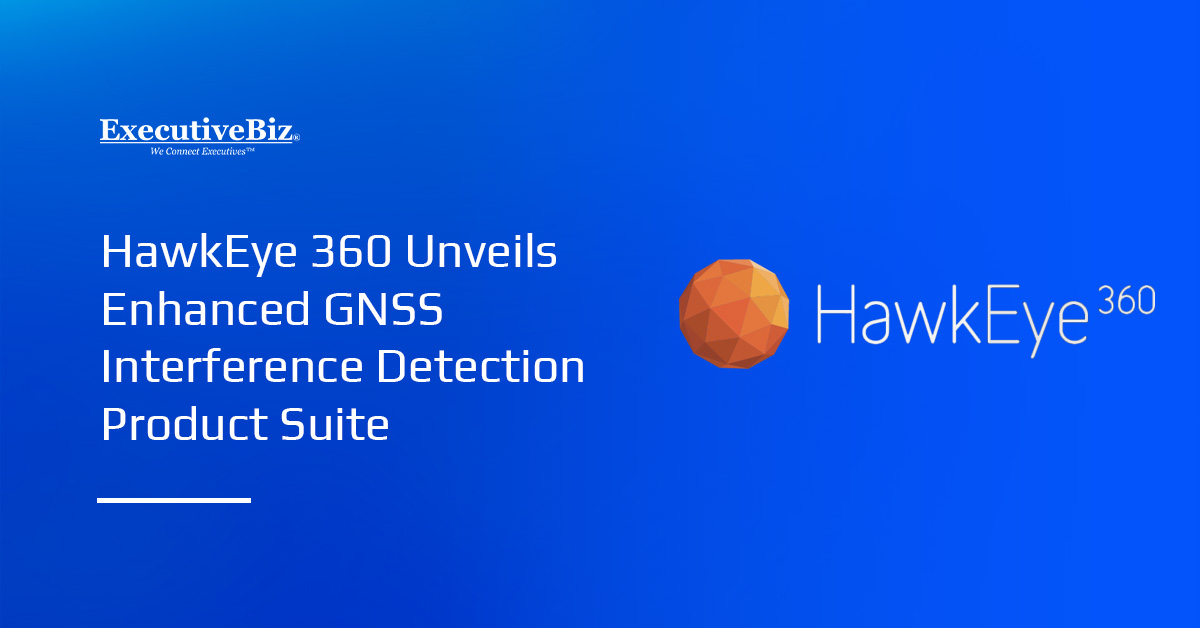Gina Scinta, deputy chief technology officer at Thales Trusted Cyber Technologies, has warned that insider threats pose a significant risk to federal infrastructure, and said to improve security, organizations require a diversified strategy that combines several tools. In an article posted on Security Magazine, the executive identified the key features that organizations must consider when selecting cybersecurity tools against insider threats.
What to Look for in a Cybersecurity Tool?
According to Scinta, organizations must adopt user behavior analytics tools to set a baseline for data access behavior and detect anomalous activity. She pointed out that many user behavior analytics tools use machine learning, or ML, to assess user activity.
ML can be beneficial in protecting against insider threats because the technology can analyze data streams and prioritize alerts depending on the urgency or severity of a security risk.
Scinta also shared that user rights management enables organizations to check that privileged access users are not conducting excessive or inappropriate actions within a system.
The security expert also recommended that organizations implement data masking, encryption and loss prevention tools and strategies. With data masking and encryption, organizations can ensure that stolen information will be inaccessible and useless to bad actors. Meanwhile, a data loss prevention tool can inspect data in motion, at rest, in the cloud and at endpoints.
In addition, the executive said a database firewall would check vulnerabilities and block SQL injections and other threats.
Insider threats are only becoming more common. Scinta pointed to an earlier Microsoft blog post, which listed insider threats as one of the top cybersecurity challenges for 2025. She concluded that, by knowing which industry solutions can reduce insider threat risks, organizations can mitigate attacks.





